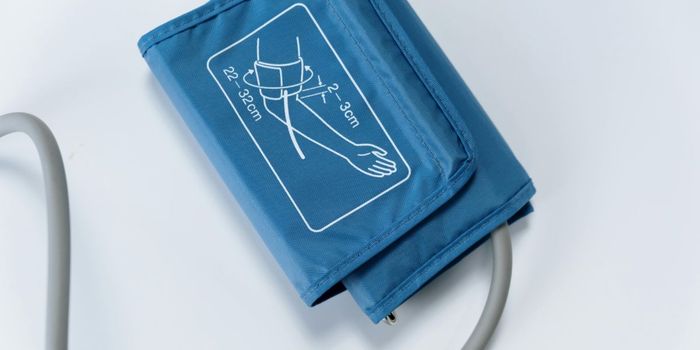Stress Impacts Female & Male Hearts Differently
New research published in Science Advances has shown that the stress hormone associated with the “fight or flight” response causes different reactions in male and female mouse hearts. This result could help explain sex differences in humans, including differences in arrhythmia risk, heart failure incidence, and responses to medications.
For the study, the research team built a new imaging system that allowed them to see how mouse hearts respond to exposure to various hormones and neurotransmitters in real time, including norepinephrine (also known as noradrenaline). Norepinephrine, which is both a neurotransmitter and a hormone, keeps us focused and alert at low levels, and at higher levels it is responsible for the “fight or flight” response when stressful situations occur.
When male and female mice were exposed to norepinephrine, the initial response was the same regardless of gender. However, certain parts of the female hearts tended to return to baseline more quickly than the male hearts, which caused differences in the electrical activity of the hearts. The lead author of the study noted that these differences in electrical activity are linked to certain types of arrhythmias, or irregular heartbeats. There are known sex differences in humans regarding arrhythmia risk, and this discovery may help explain those differences. Additionally, these results may give us clues to other sex differences regarding heart health, including the incidence of heart failure and differing responses to heart medications.
In spite of heart disease being the leading cause of death in the U.S. for both men and women, most cardiology research in the past has been focused exclusively on males. This new research provides evidence that results from studies in males should not necessarily be extrapolated to female patients and that more research should be conducted with female patients.
Sources: Science Advances, Science Daily, CDC








